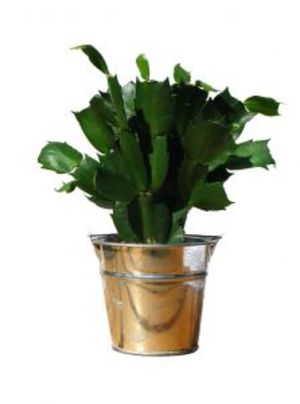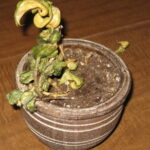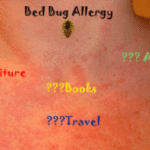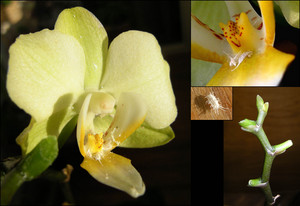When the seasons change to fall, it is time to bring in your houseplants. Before you bring any in, you’ll want to check them over for bugs. One of the major threats of houseplants is spiders. Not so much the big spiders that catch insects, although most homeowners don’t want these spiders in their house either. The spiders that you don’t want on your plants are spider mites. They are barely visible to the naked eye.
Testing for Spider Mites
If your plants look like they are dying, you might want to test your plants for spider mites.
Hold a piece of white paper under your plant’s leaf and then tap the leaf with your finger several times. Pull the paper out from under the leaf and take a look. If you see small dark specks on the paper, then your plant has spider mites.
Isolate the Plant
Place the plant in a room where there are no other plants. Because spider mites are small and light they can travel on air currents and land on other plants.
Remove the Infested Sections
Carefully look over the plant. If you find any areas that are heavily infested with spider mites, cut the leaves or stem off, if possible. Drop the infested plant parts into a plastic garbage bag. When you are finished, immediately tie the bag closed and take it outside. Leave it for the garbage man to pick up. If garbage day is several days away, lay the bag out in the hot sun. The spider mites will die. Do not add the plant clippings to your compost pile or infestation will spread to many plants.If you can’t remove any stems or leaves, proceed to the next section.
Raise the Humidity
If you have more than one plant with spider mites, push them close together. This effect will raise the humidity and the air flow around the plants. If there is one thing that spider mites don’t like, that is humidity.
Raise the humidity levels even more by placing a humidifier close to the infected plants. Fill a container or bowl with rocks and then pour in water. The water level should fall just below the top of the rocks. Place the infected plants in the bowl or container. You don’t want the water level so high that the plants are sitting in water, or they will probably rot off.
Two to three times a day, mist your plants with cold water. Spray all parts of the plant, especially the underside of the leaves.
Spray With Alcohol
Mix up a spray of rubbing alcohol and water. Mix equal amounts and pour into a sprayer bottle. Focus most of the spray on the underside of the leaves where the spider mites live. If your plant has big leaves or just a few leaves, use pure rubbing alcohol. Soak a cotton ball in the rubbing alcohol. Wipe down each leave and all the stems of the plant.
Spray with Insecticidal Soap
If you don’t want to use rubbing alcohol, substitute it with insecticidal soap. You can find this soap in most garden supply stores or online. Read and follow label directions before using. If you don’t have the insecticidal soap or can’t find it, make your own. Fill a sprayer bottle with 1 gallon water and 2 tablespoons of liquid dish soap. Shake to combine, and then spray the plants to the point of runoff.
If possible, isolate the plant while it is outdoors and then spray it with a nozzle on your garden hose. The force of the water will wash the spider mites off the leaves. Do not turn the nozzle for a forceful spray that will damage your plant.
No method of removing these pests works immediately. It can take a week or more before the plants are pest free. You may need to do repeat applications.
Sources:
“The Houseplant Expert”; Dr. D.G. Hessayon; 1980
“Favorite Houseplants”; Don Dooley; 1976





